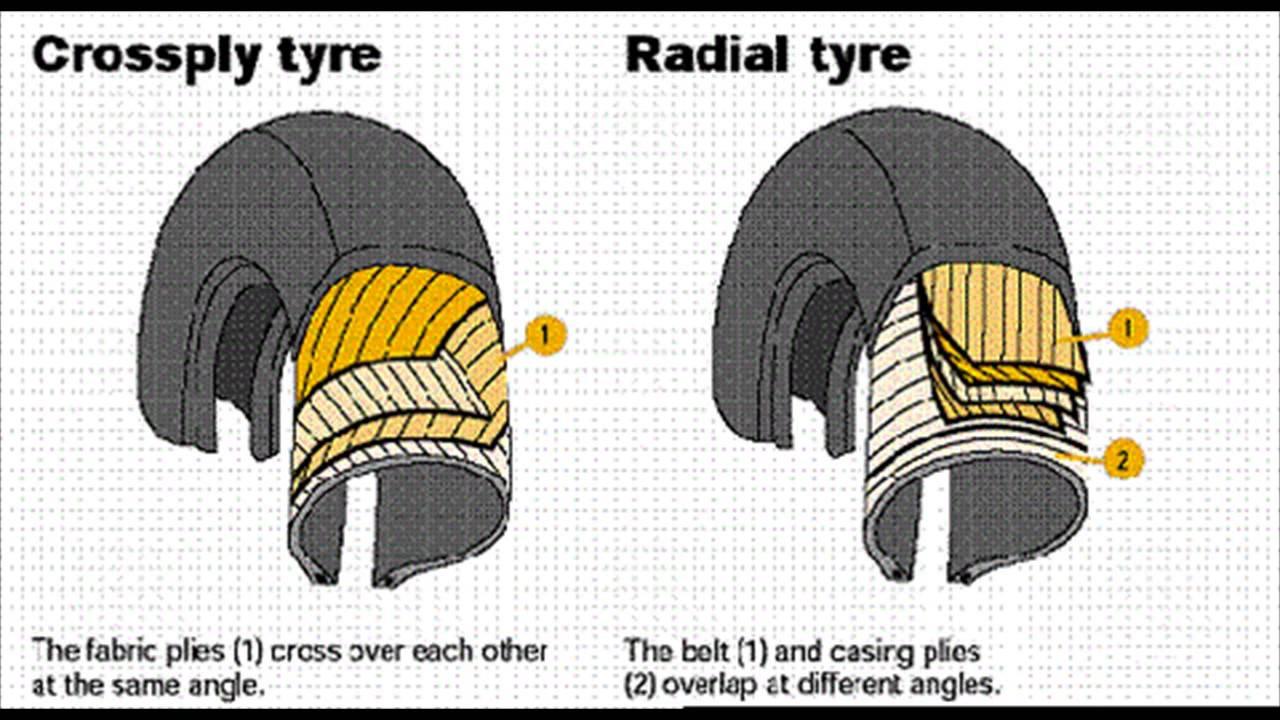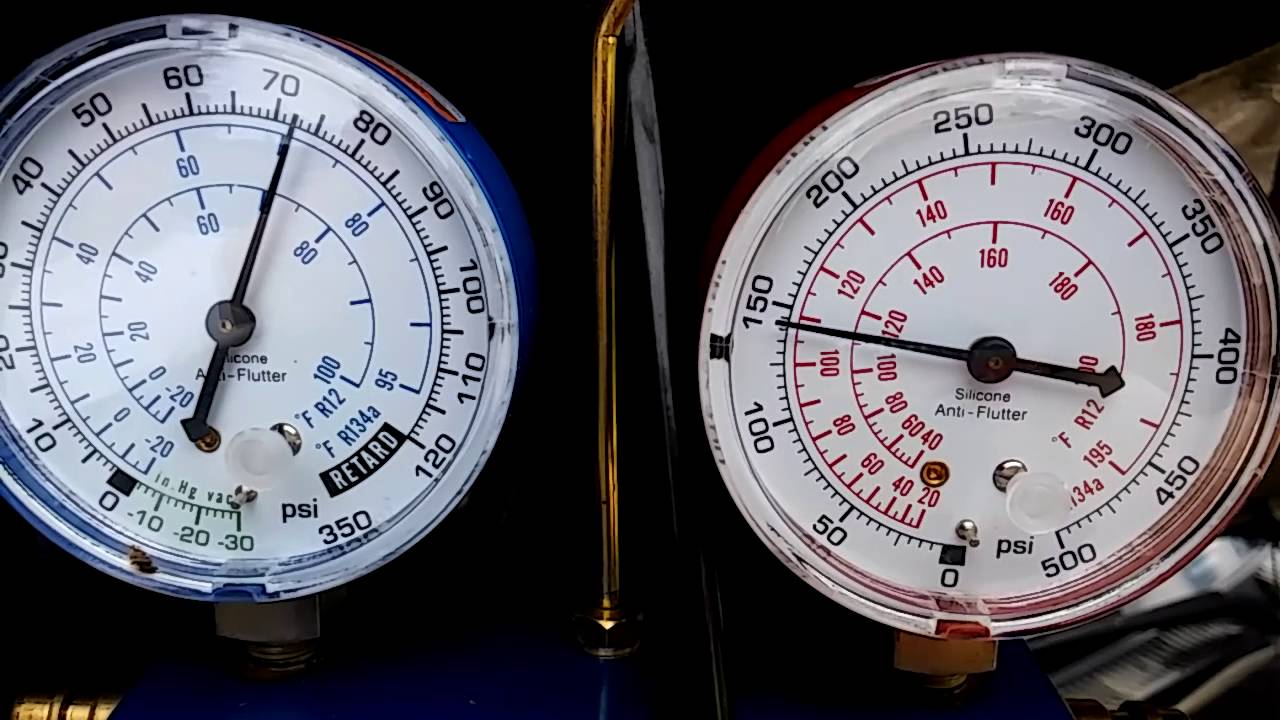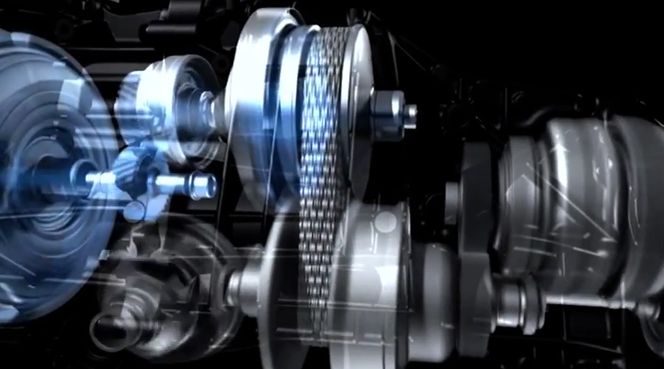Advantages and Disadvantages of Radial Tires
Developed and commercialized by Michelin in 1946, the radial tires have revolutionized the world of tires. They are widely used in primary agricultural machines, facilitating the constant evolution of farming techniques.
There are mainly two types of tires, radial and bias, and they differ from each other in terms of their core design. In a radial tire, the arrangement of cord plies is radial from the center of the tire or at 90 degrees to the direction of travel.
On the contrary, the arrangement of body ply cords is diagonal from bead to bead in a bias tire. The plies stay in a crisscross pattern at angles in the range of 30 to 40 degrees.
Radial Tires Advantages

Radial tires feature plenty of positive sides. Consider the following features when you have to make a choice between radial and bias tires:
- Flexible sidewalls ensure superior riding comfort
- Low fuel consumption because of smooth transition of energy from machine to ground
- Transfers more power from the machine to the ground
- Shows better resistance against tread-related damage
- Generates less heat even if the vehicle runs at high speeds
- Provides better traction
- Produces less vibration
- Less ground compaction and damage
- The tire is strong and flexible
- Absorbs shocks, bumps, and impact better than bias tires
- Offers higher comfort for users because the flexible sidewalls enhance stability and ensure maximum contact of the tire with the ground
- It has a strong-built structure so that machines can be operated at higher load capacities
- Reduces replacement costs due to better service and longer lifespan
Offers more gas mileage because of better steering characteristics and less rolling resistance - Lower maintenance costs
Radial Tires Disadvantages
The disadvantages of the tires are fewer in comparison to their positive sides. Their main disadvantages are:
- They have steel belt that does not fare well with minor bumps in the road
- Their soft sidewalls are vulnerable when vehicles collide with curbstones
- They are noisy on the road because of their harder tread
Are Radial Tires Good?
If you compare a radial tire with a bias tire, the former option is definitely better because of its safety features, flexibility, strength, and the ability to absorb shocks, impact, and bumps. They are more expensive than bias tires, but if you consider long term, they will actually save you hassle and money. They provide low fuel consumption, less ground damage, less rolling resistance, and their design makes them fit for longer service, leading to reduction the costs in tire replacements.














